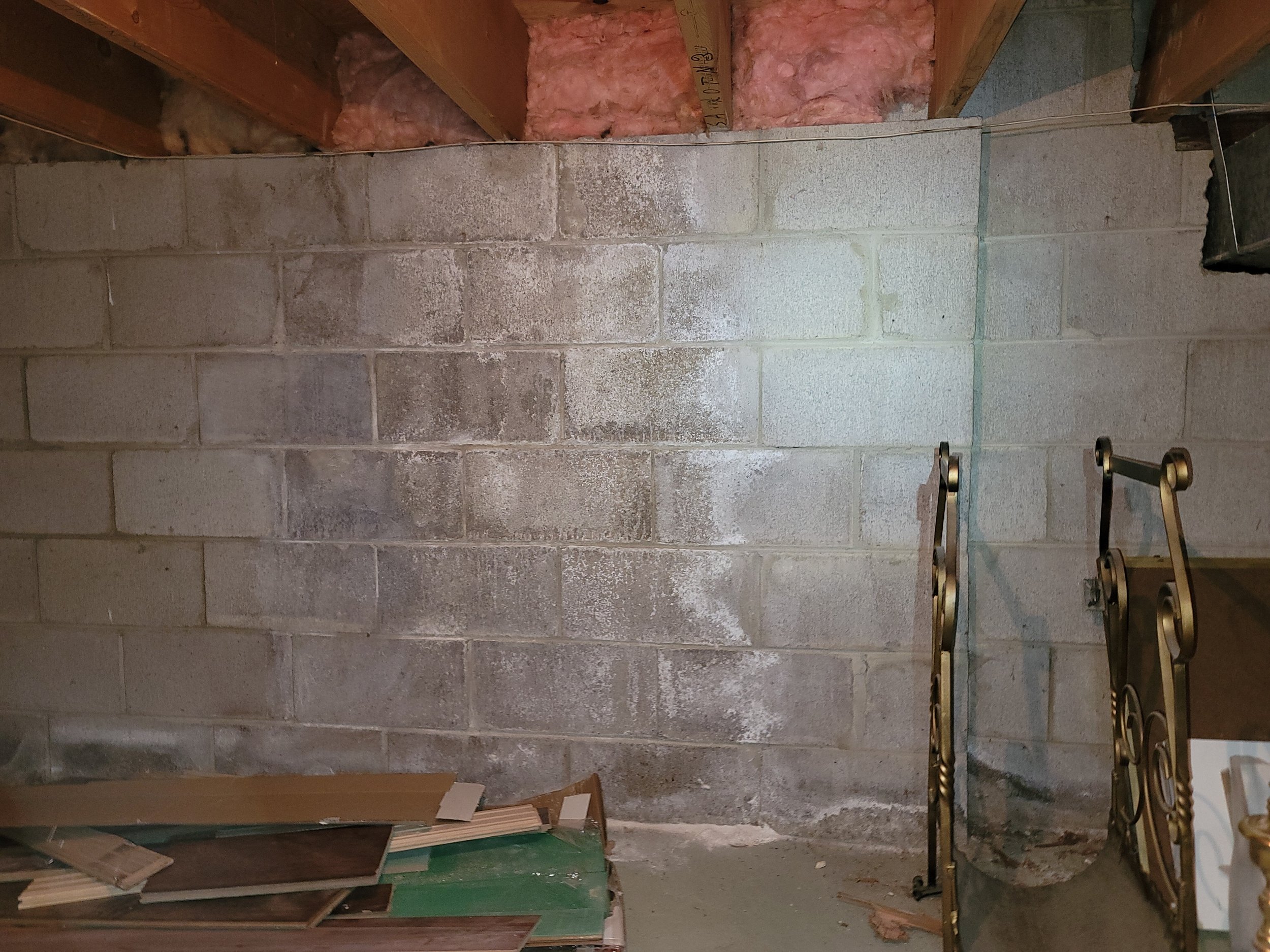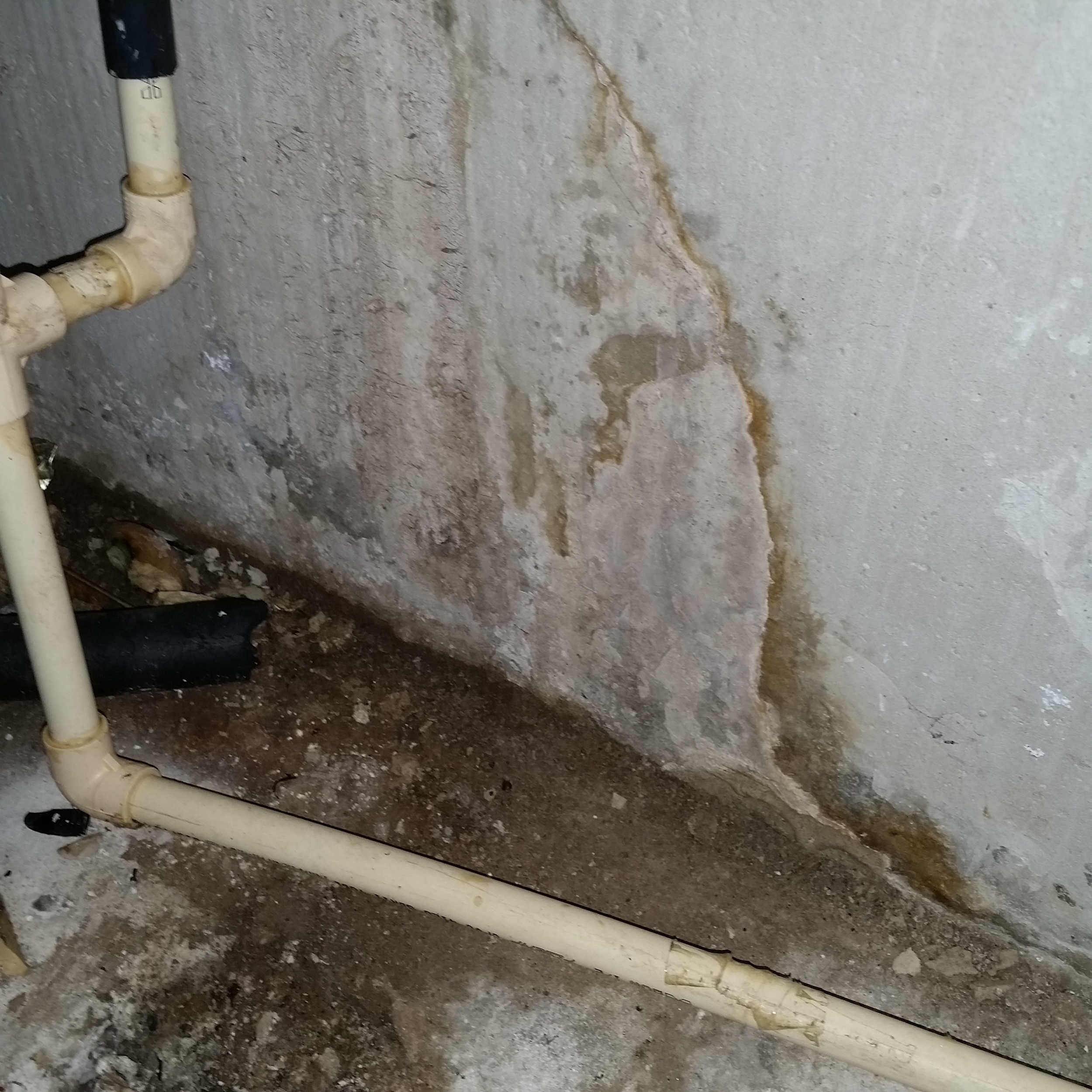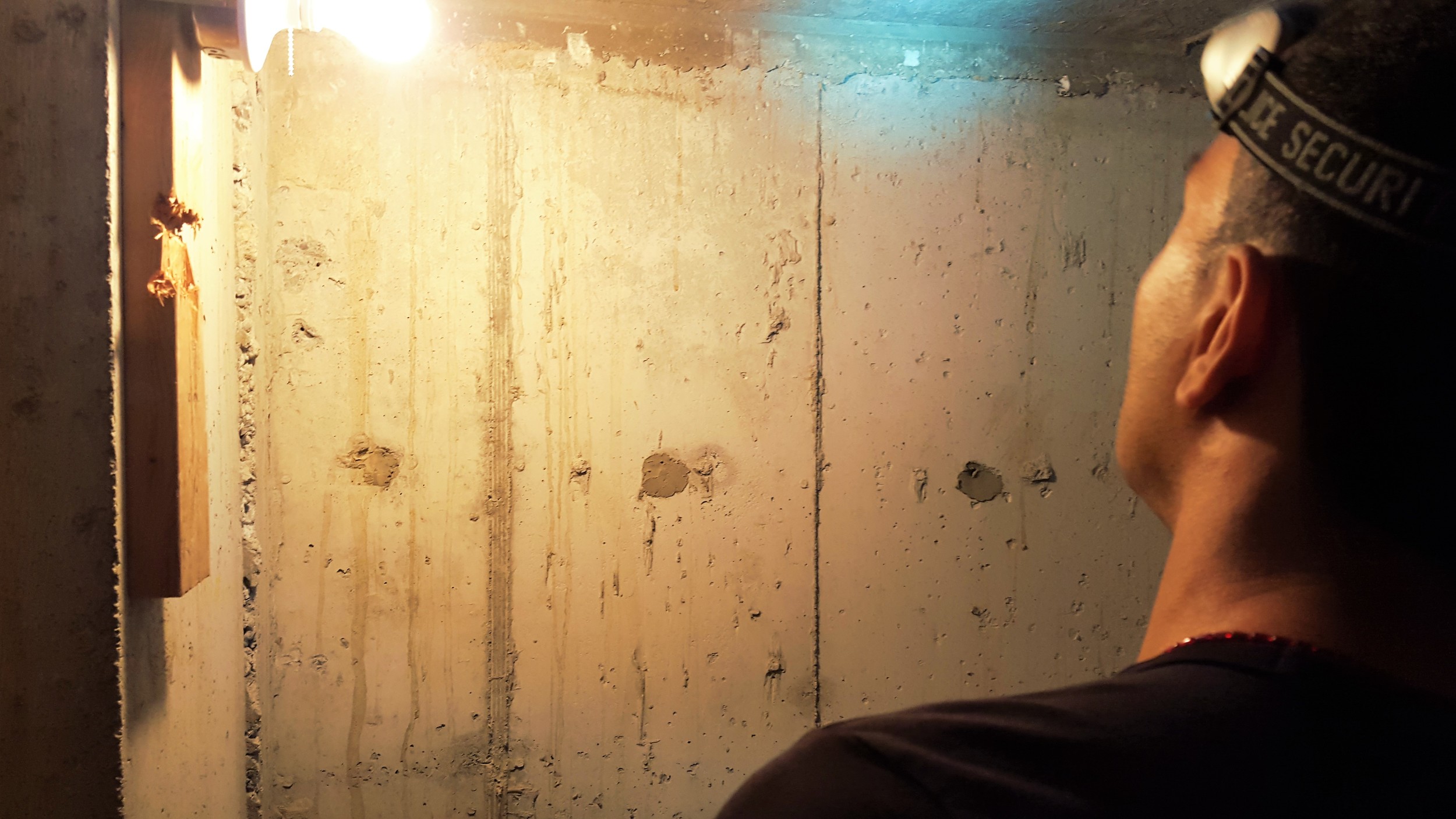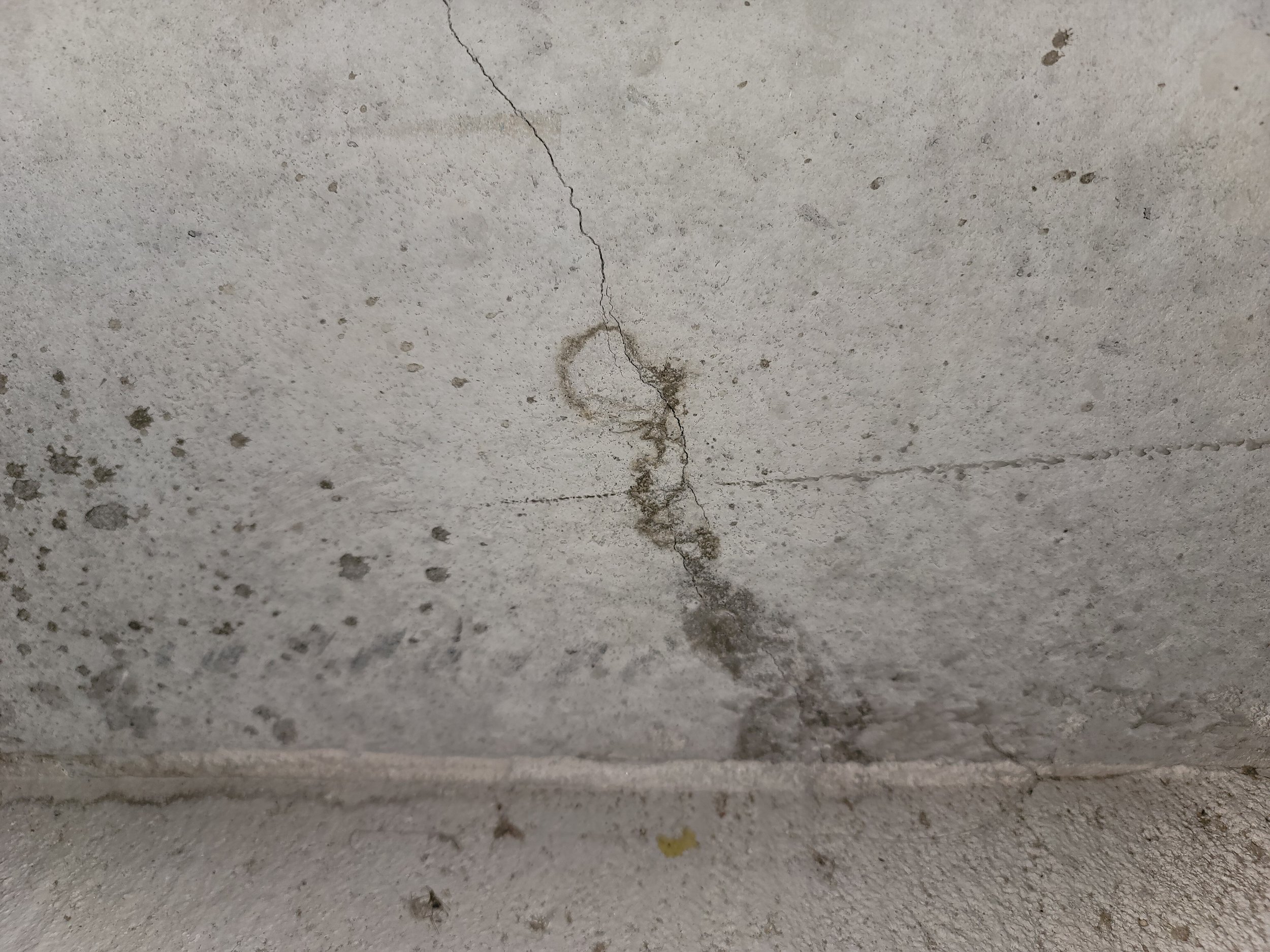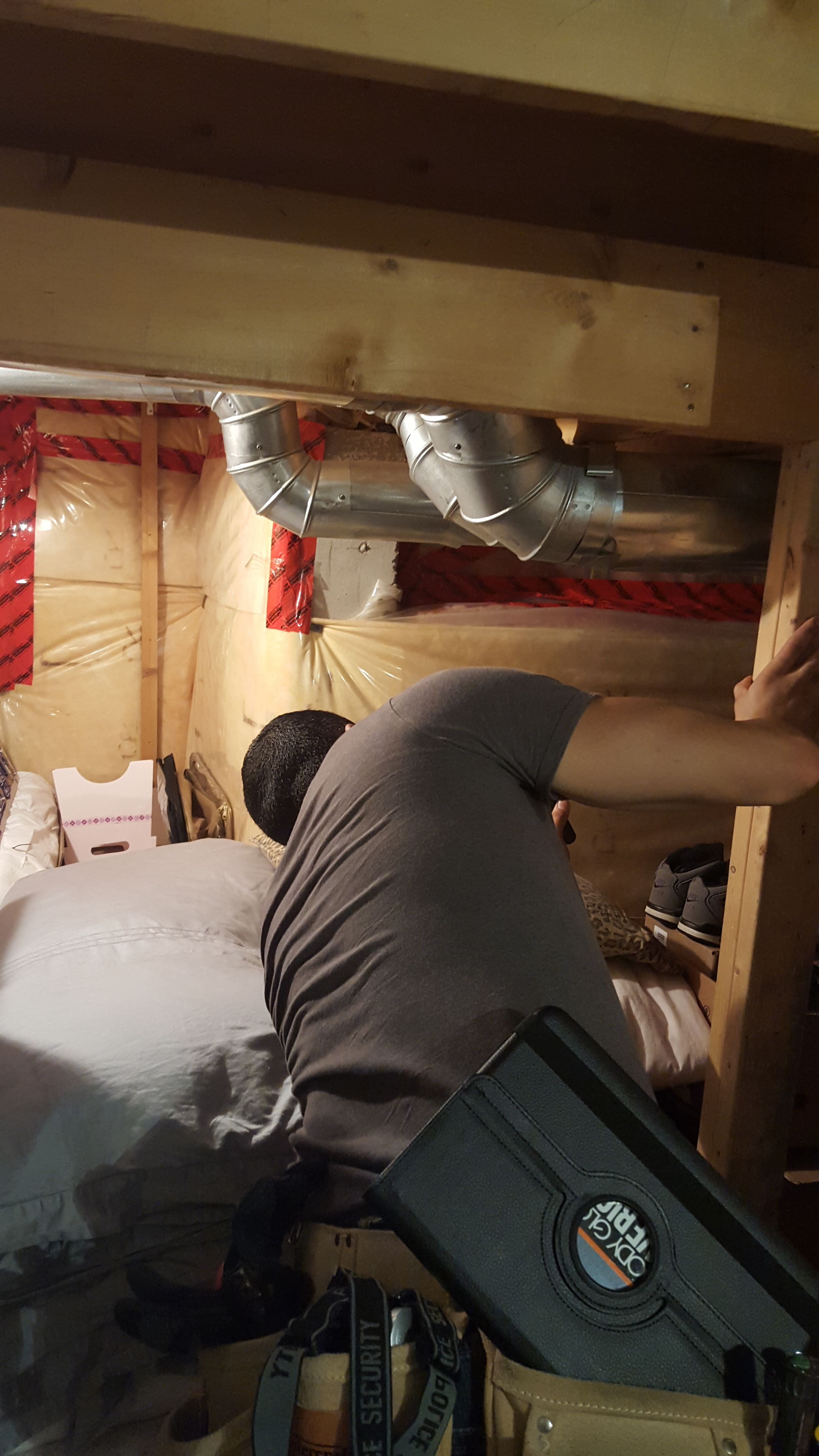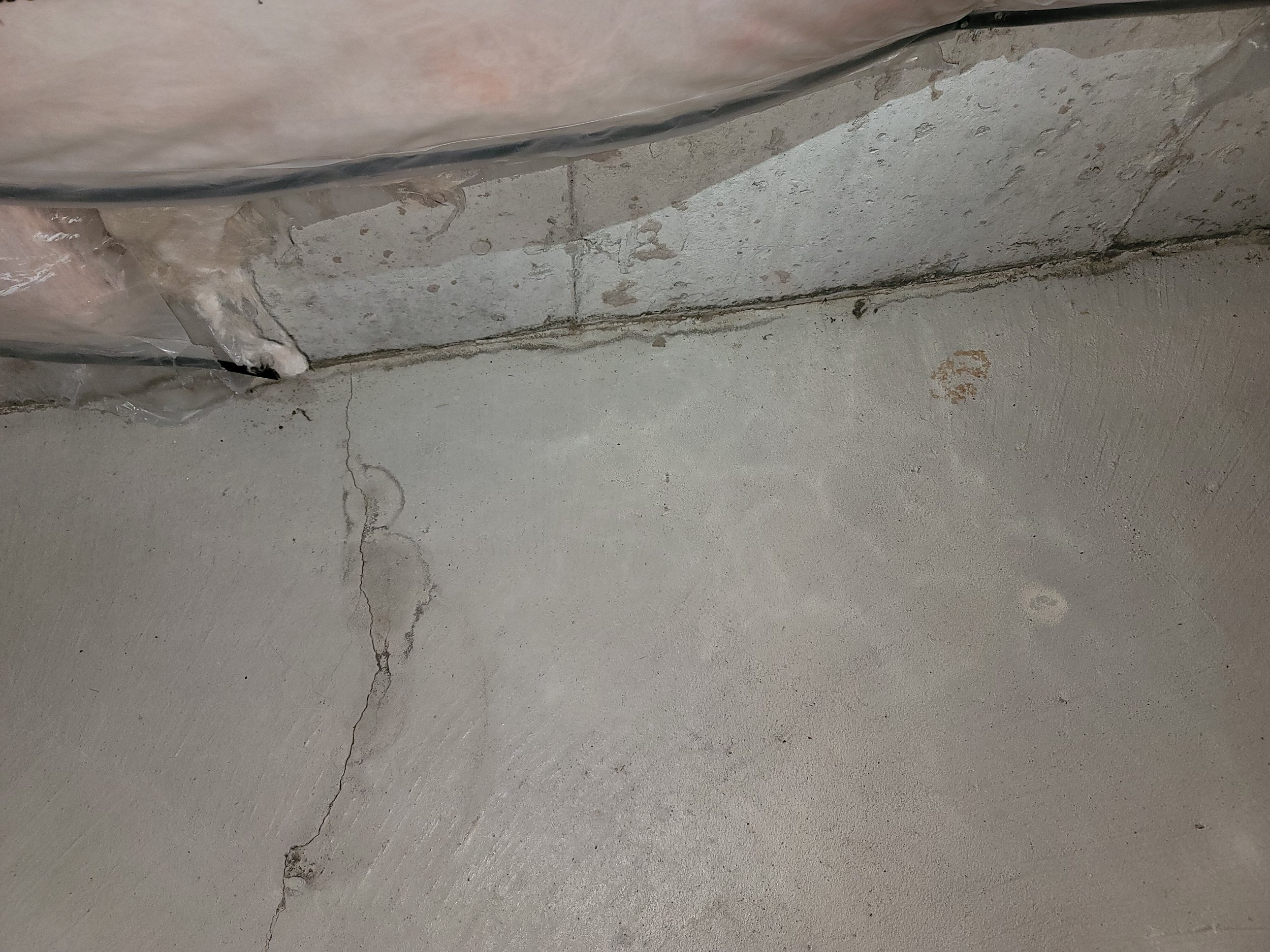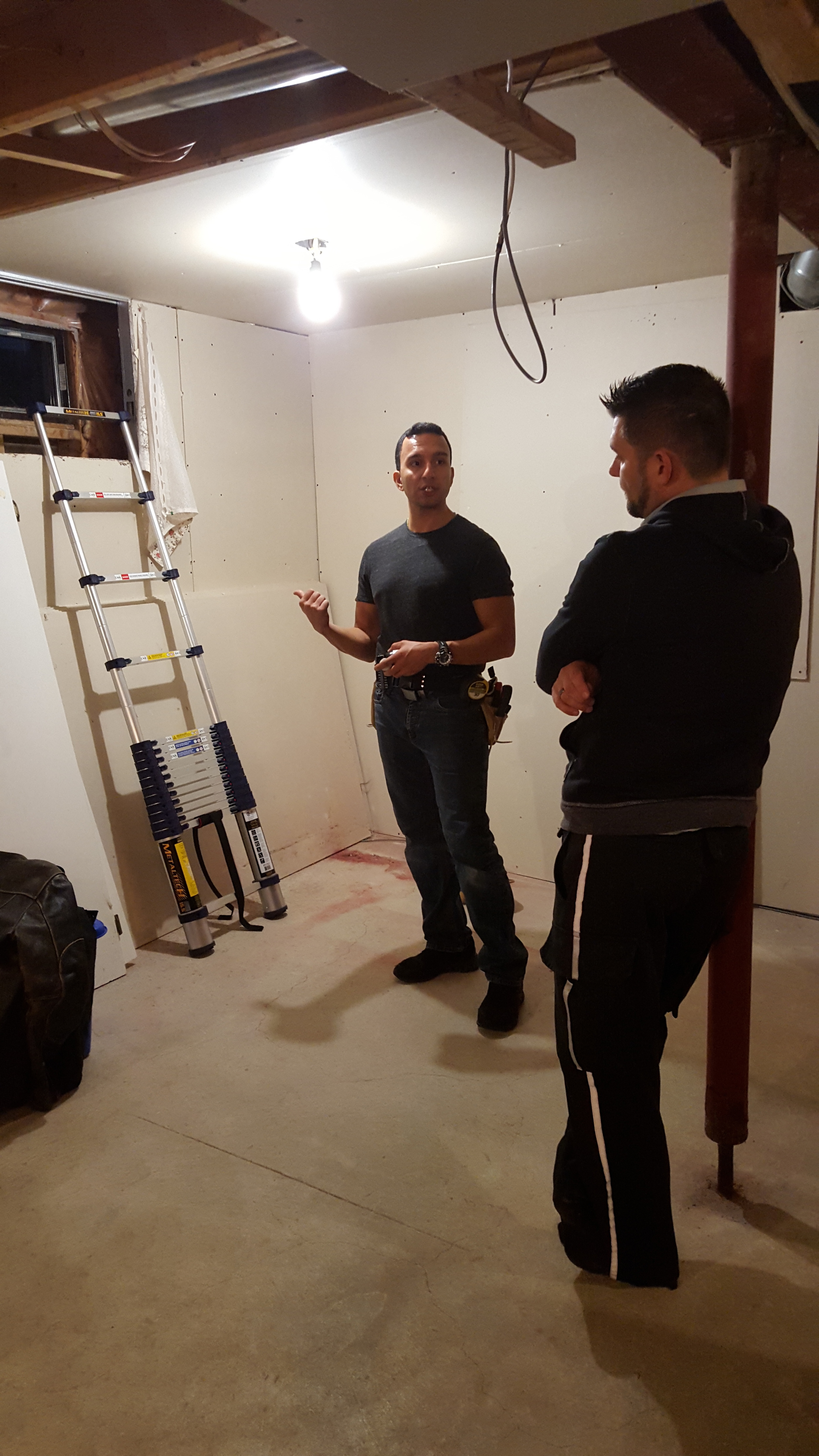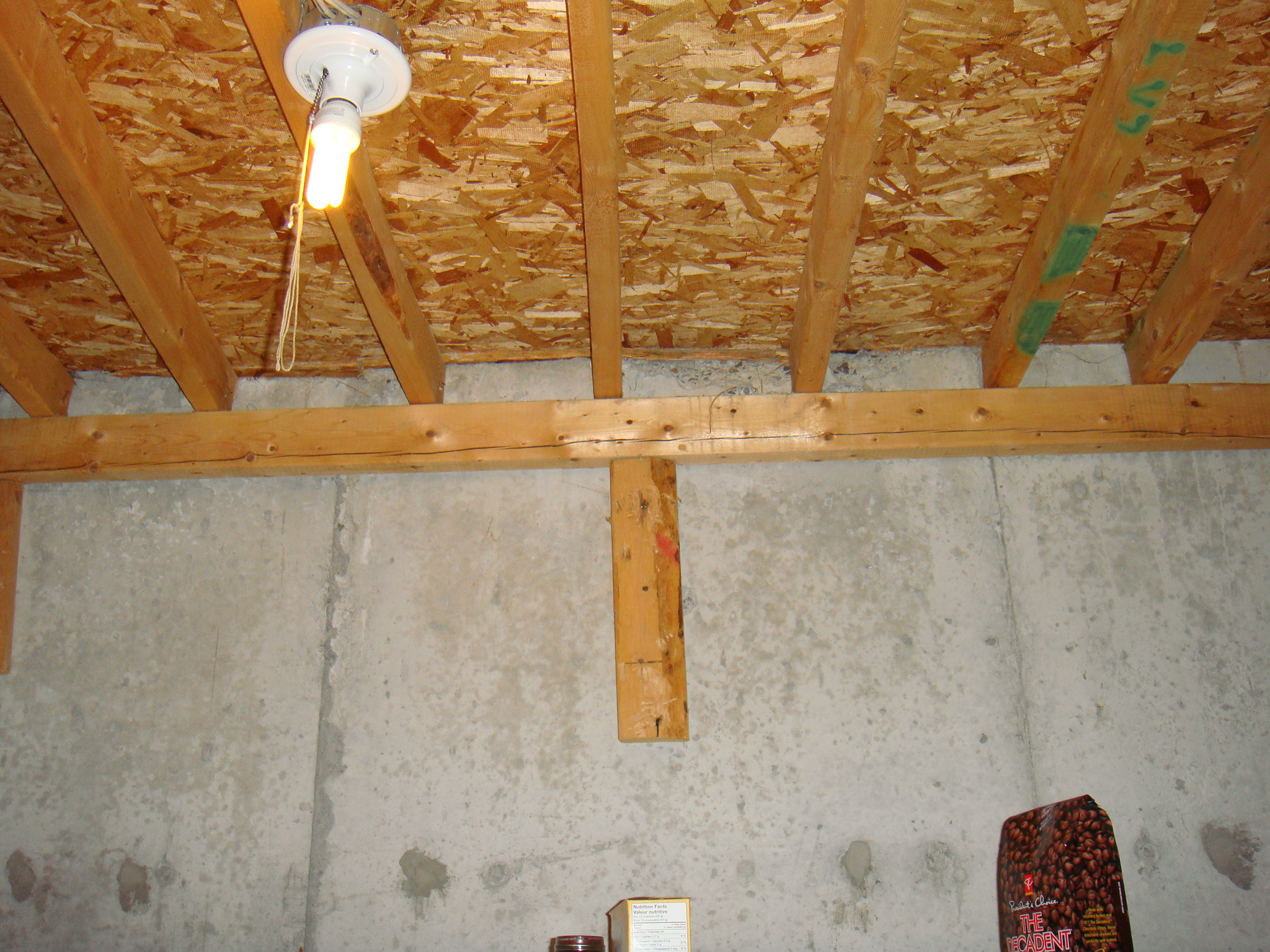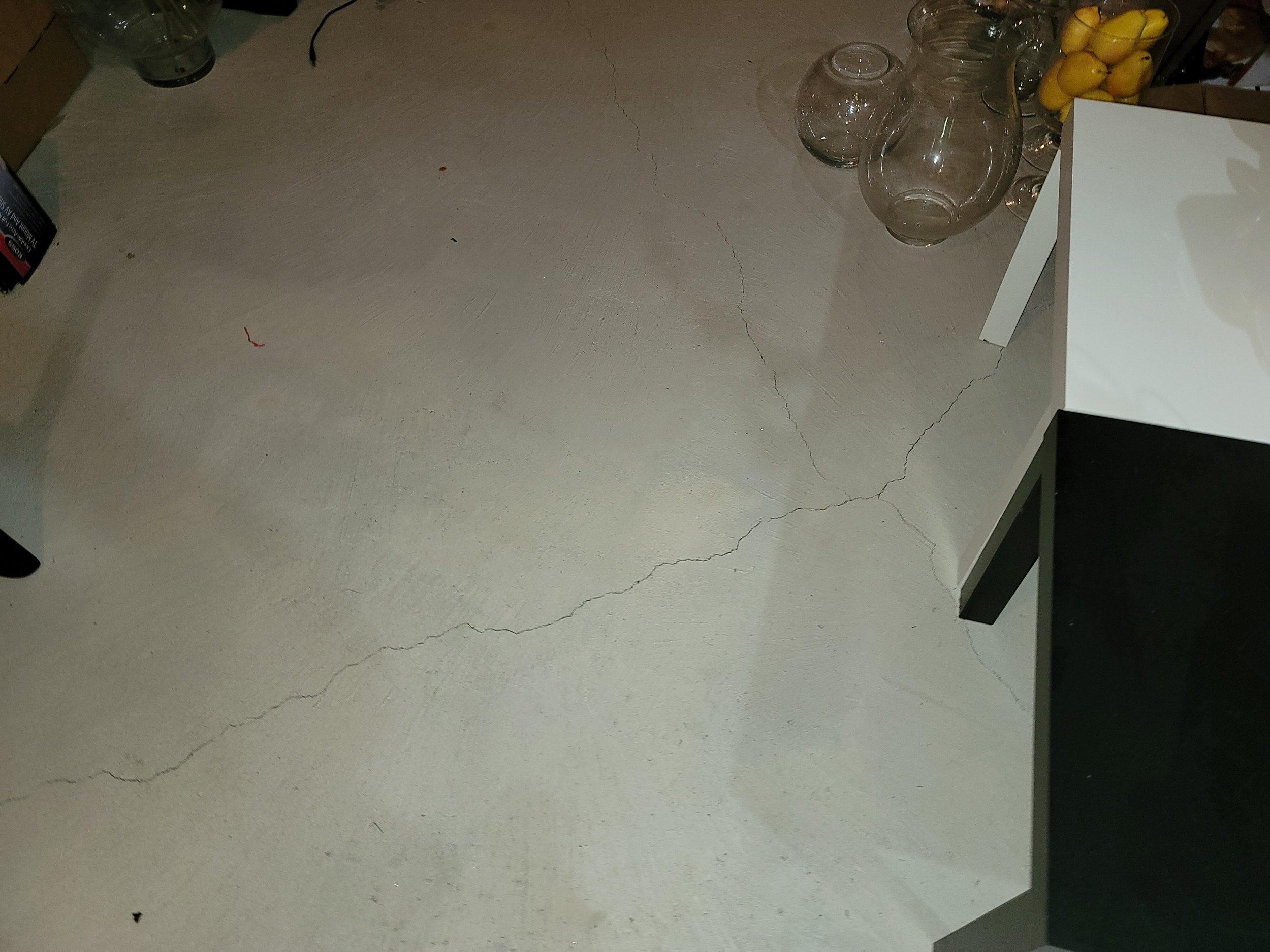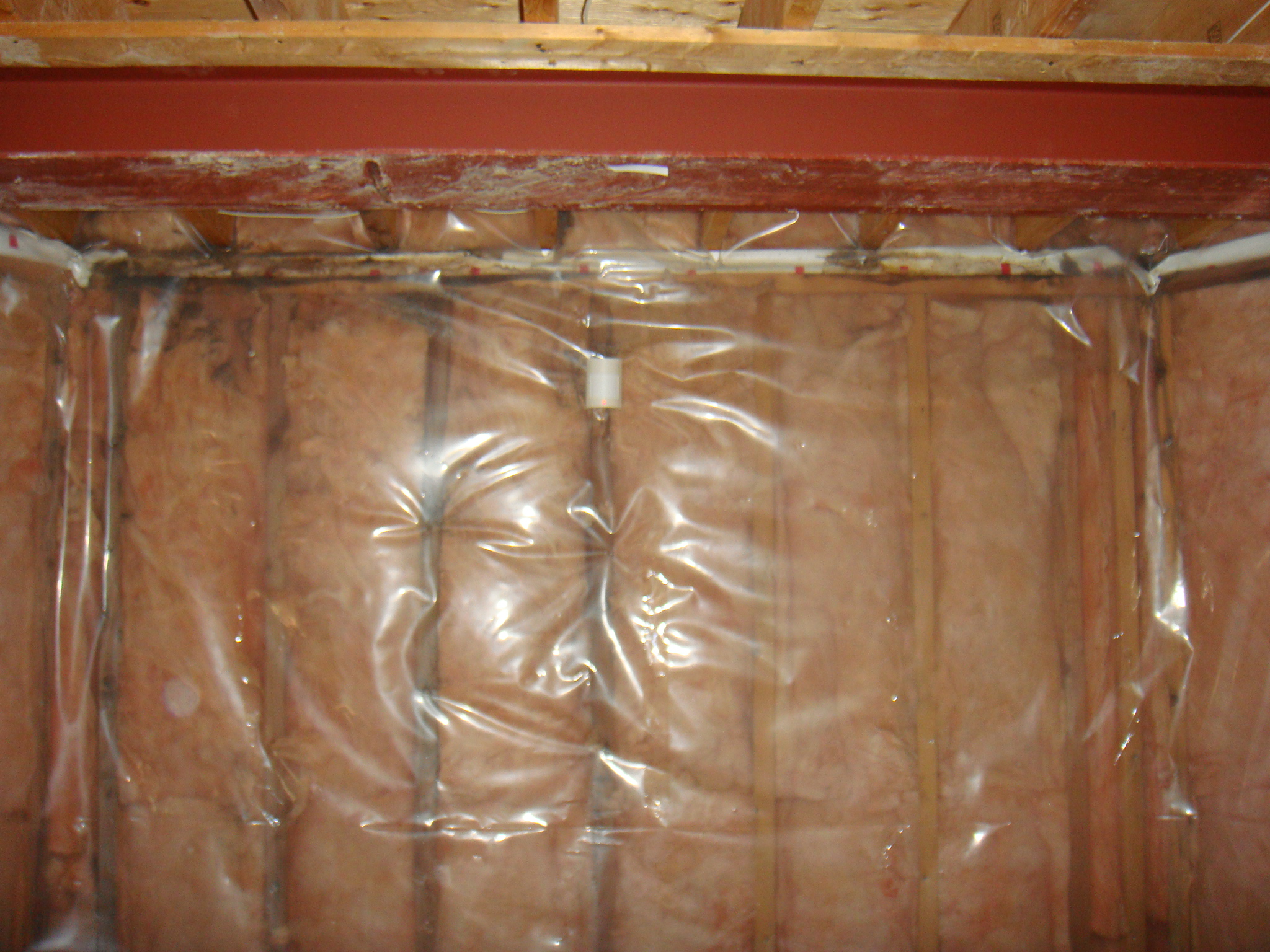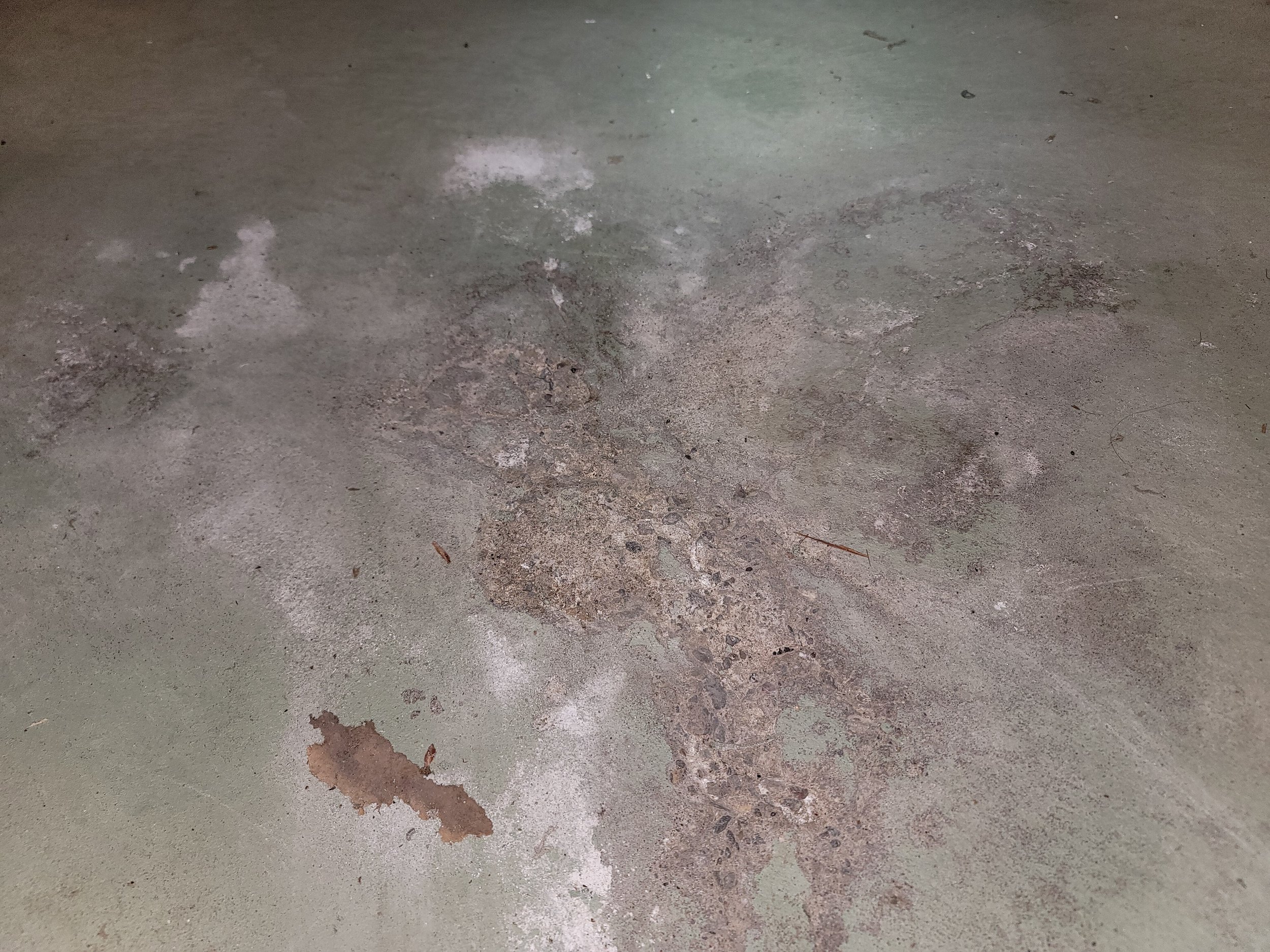Basements & Crawl Space
Basements
Basements are common in colder climate zones to prevent frost from causing structural movements.
Typically basements are vulnerable to water leakage and lack of natural light. Basement heights are often low, and even if there is no water leakage, it can still be cold and damp. Also, basements commonly accommodate the heating and electrical systems of the home.
Homeowners are now used to expecting the basement to be a watertight and liveable space; however, from our years of experience and thousands of inspections under our belt, we understand and know where to look for water leaks, mould, or foundation cracks as we evaluate the area.
(All images are from our previous inspections)
CRAWL SPACES
A crawl space is common in warmer climates, and it is created when a trench is dug for the foundation and the earth under the house floor is not removed. Although a concrete slab is more desirable for storage and moisture control, it could have an earth floor. Since it is difficult to get into and is usually poorly lit, crawl spaces are often neglected by homeowners. Where moisture levels are high over the long term, structural damage due to rot and termite activity can go unnoticed for some time.

